Table of Content
Learn the value of proper bathroom plumbing for your wellbeing, security, and comfort in general. Find out why maintaining and repairing bathroom plumbing issues is important. If you own a home, you are aware that there is always something that needs to be fixed or improved. Every home needs an efficient plumbing system, and bathrooms are no different. A little understanding about bathroom plumbing may go a long way, whether replacing a toilet or fixing a broken pipe. This blog offers advice on the fundamentals of bathroom plumbing and what you need know to keep your bathroom in good working order. We go through the essential plumbing supplies, equipment, and fixtures as well as offer advice on how to identify and fix typical plumbing issues. So continue reading if you're seeking for a bathroom plumbing guide.
What Is A Bathroom Plumbing System?
Bathroom plumbing is the system that distributes water to the numerous fixtures in your bathroom after bringing water into your house from the main tank. Your bathroom's fixtures are all interconnected with this main plumbing system, so a malfunction with one of them could lead to other problems. Because of this, you should be able to remedy a leaky pipe or clogged toilet when they arise. You should also be aware of what you can do to avoid bathroom plumbing problems. You may clean your pipes, schedule plumbing inspections, and maintain your plumbing system. Your bathroom's plumbing should last for many years with just a little upkeep. [caption id="attachment_9204" align="aligncenter" width="1010"]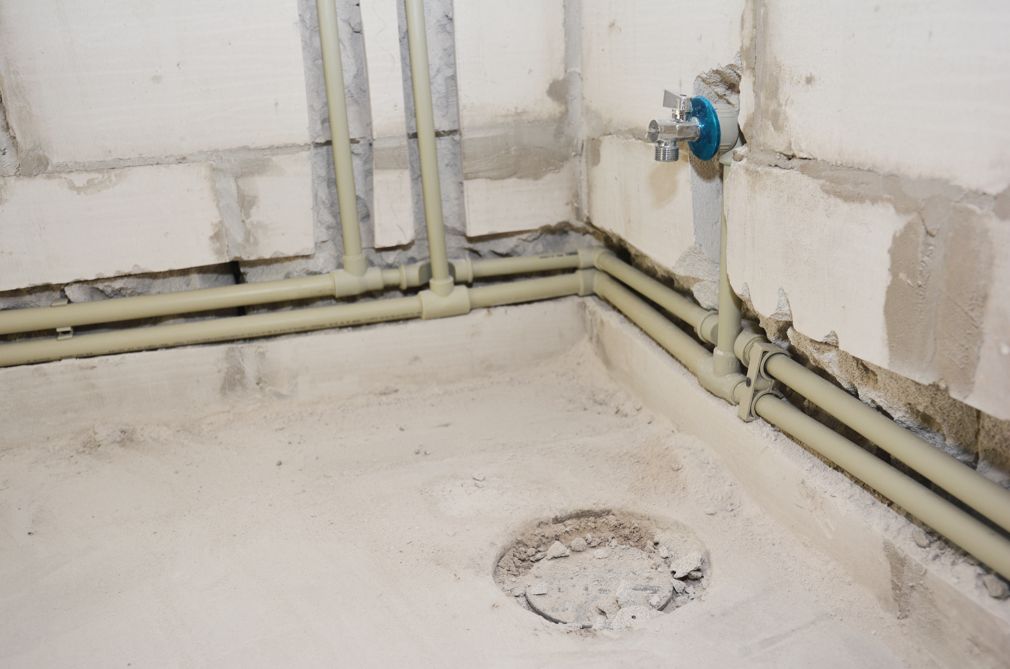 Bathroom plumbing system[/caption]
Bathroom plumbing system[/caption]
Common Bathroom Plumbing Fittings
When you talk about bathroom plumbing fittings, you talk about all the different parts of your plumbing system. Let us take a look at each one.
Sink: For cleaning dishes, washing hands, and other duties, a sink is necessary. It is constructed from a variety of substances, including porcelain, stainless steel, and cast iron. They come in a variety of sizes and forms, including round, rectangular, and oval, and can be integrated into the counter or mounted on the countertop.
Toilet: Another important bathroom fixture seen in homes is a toilet. It is made up of a tank, a bowl, and a flushing device that uses water to flush waste out of the bowl and into the sewage or septic system. To accommodate diverse bathroom spaces and individual tastes, toilets are available in a variety of sizes and styles, including one- and two-piece models.
Shower: The plumbing fixture in a bathroom used for bathing is called a shower. A mixing valve regulates the temperature, a showerhead releases water, and a drain empties the water. Showers can be erected as freestanding units, over a bathtub, or integrated into a walk-in shower.
[caption id="attachment_9205" align="aligncenter" width="953"]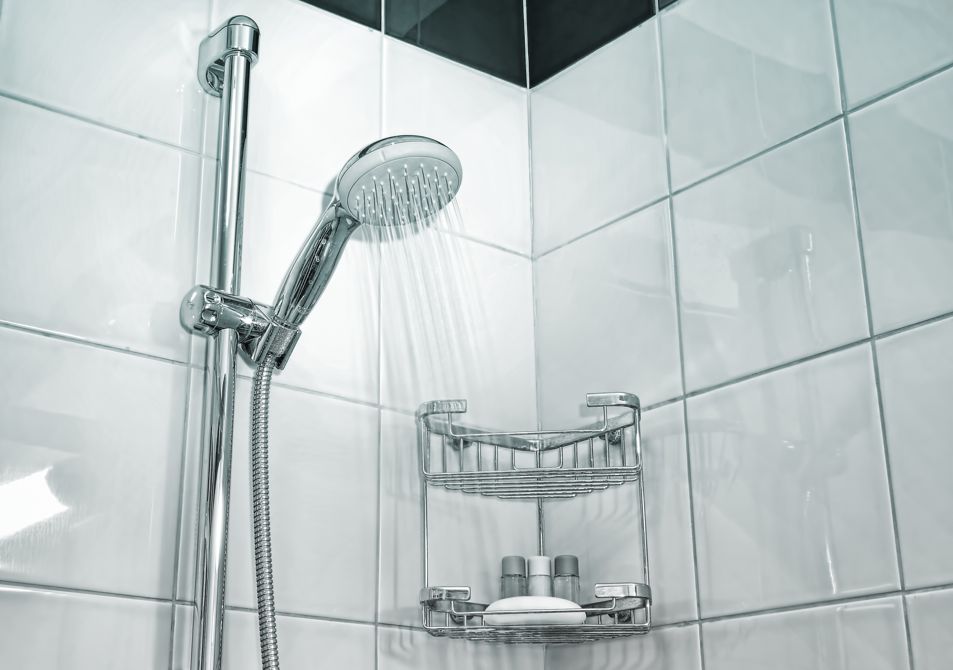 Bathroom shower fitting[/caption]
Bathroom shower fitting[/caption]
Bathtub: An additional bathroom plumbing fixture used for bathing is a bathtub. It is a sizable basin with room for the user to soak and unwind. Bathtubs come in a variety of sizes and shapes, including corner, oval, and rectangular designs. Cast iron, fiberglass, or acrylic can be used to make them.
Faucet: Water flow can be controlled via the faucet. It has a spout that releases water and a handle or lever to control the temperature and flow of the water. For washing dishes, brushing teeth, and washing hands, faucets are utilized in kitchens and restrooms.
[caption id="attachment_9206" align="aligncenter" width="896"]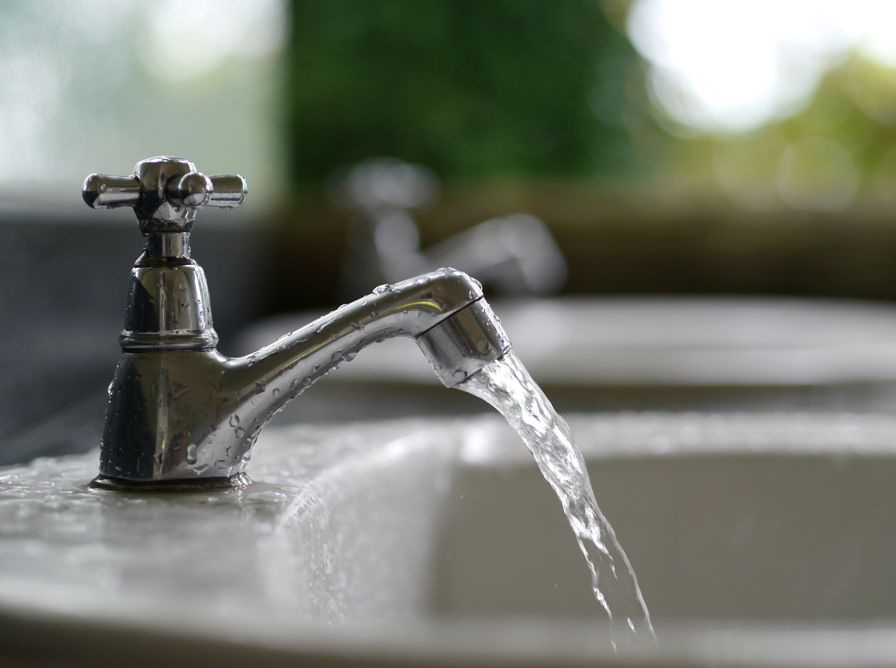 Water Faucet control flow and temperature[/caption]
Water Faucet control flow and temperature[/caption]
Stacks: With gas-fired equipment, bathrooms require stacks and vents. Using this technique, hazardous carbon monoxide gas is eliminated. So you'll need a stack or a stack and vent system if you utilize a gas-fired equipment like a water heater, furnace, or stove.
Hot water tanks: Hot water for residential use is kept in hot water tanks. Some tanks are utilized as freestanding devices, while others are incorporated into the home's walls.
Tools And Supplies Needed For Bathroom Plumbing
Some of the critical tools and supplies required for bathroom plumbing are:
Hand tools: If you ever do plumbing work inside your bathroom, you will need some essential hand tools. These include plumbing wrenches, screwdrivers, and other standard hand tools.
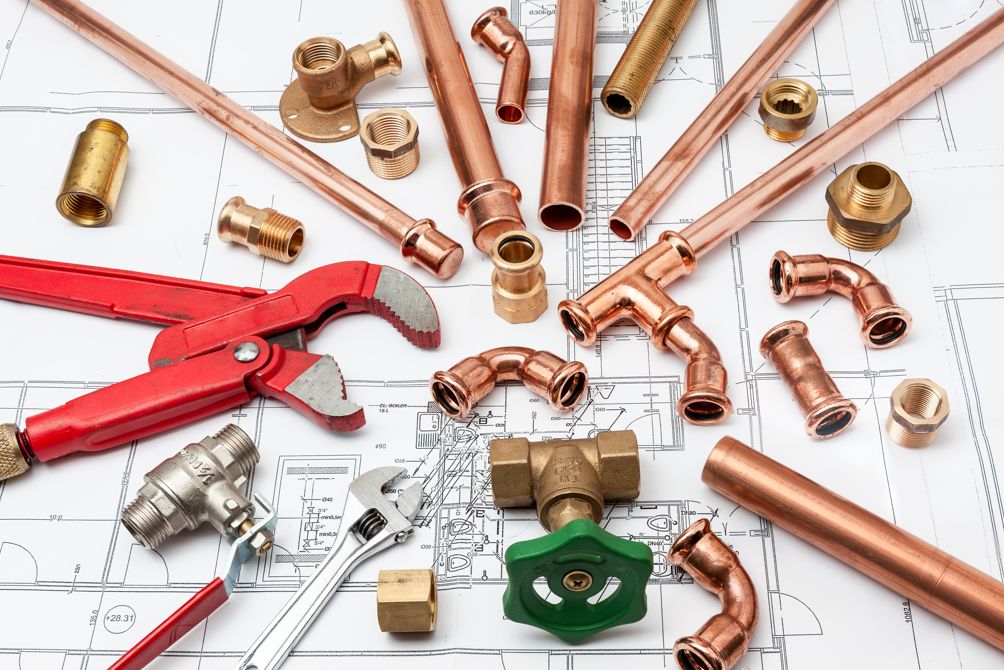 Bathroom plumbing fittings[/caption]
Bathroom plumbing fittings[/caption]
How To Diagnose Bathroom Plumbing Problems
If you have noticed that a plumbing fixture is not working correctly, diagnose the problem before you attempt to fix it. There are a few easy ways to do this.
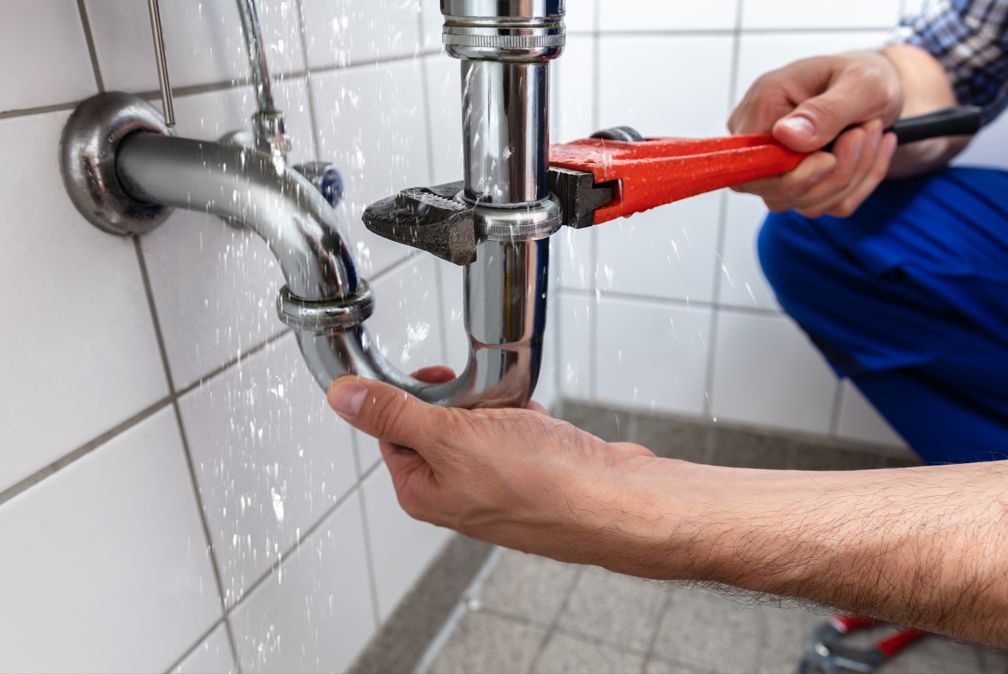 Pipe leakage due to poor bathroom plumbing fittings[/caption]
Pipe leakage due to poor bathroom plumbing fittings[/caption]
Tips For Fixing Common Bathroom Plumbing Problems
-
Use a plunger, drain snake, or chemical cleaner to clear clogs.
-
Replace worn-out gaskets or washers, and tighten loose connections to fix the leakage.
-
Replace worn-out faucet washers or valves to get rid of drips.
-
Adjust the fill height, and replace the flapper or fill valve for running toilets.
-
For low water pressure, clean or replace clogged shower heads and check the main water line.
-
Check the water heater, and replace faulty heating elements if the water is not heating.
-
In case of slow drains, remove debris and use a drain snake or plumbing auger.
-
If the bathroom has foul odours, clean the P-trap and remove clogs from the vent stack.
How To Maintain Your Bathroom Plumbing
[caption id="attachment_9209" align="aligncenter" width="1013"] Maintenance of Bathroom Plumbing[/caption]
Maintenance of Bathroom Plumbing[/caption]
You will have to maintain your bathroom plumbing to keep it running smoothly. You can do a few things to ensure your bathroom plumbing stays in good shape.
DIY vs Professional Bathroom Plumbing
Whether you do your bathroom plumbing DIY or hire a professional plumber, both options have advantages and disadvantages.
DIY - You can save money by doing your own bathroom plumbing fixtures. However, you will also need to invest a lot of time in learning how to complete the task.
Professionals - A competent plumber will cost you a significant sum of money. However, you will be able to tell that the work is being done correctly since your plumbing system will run efficiently.






